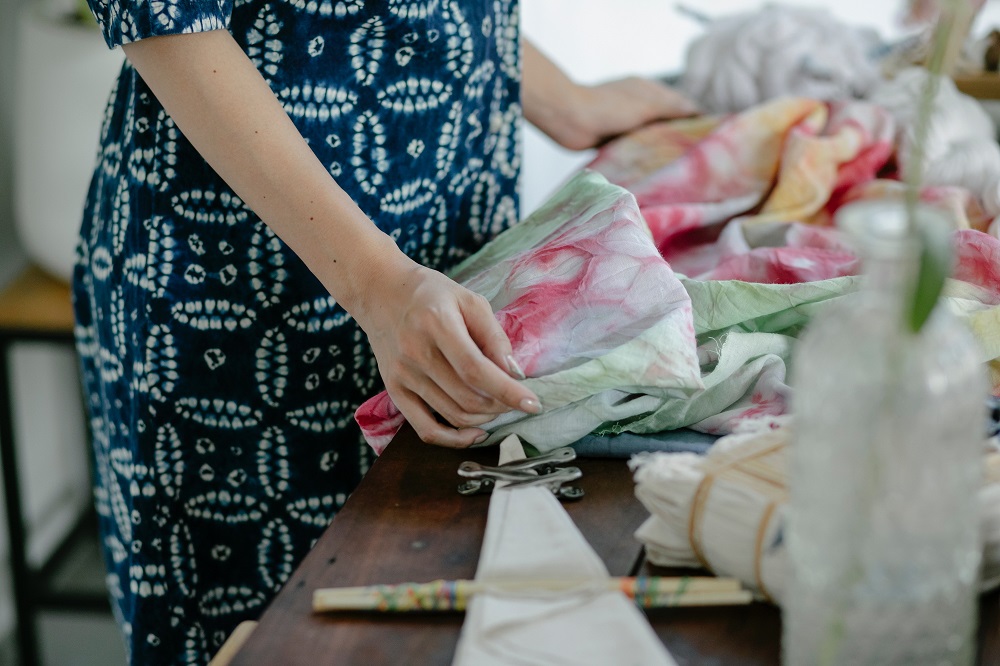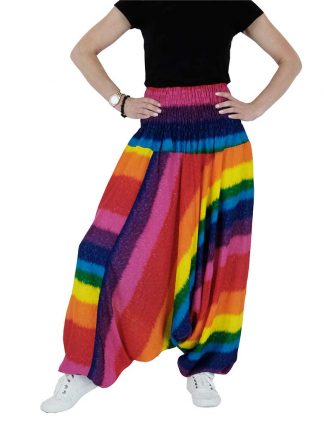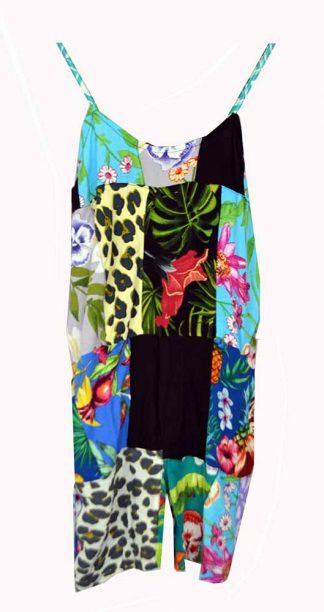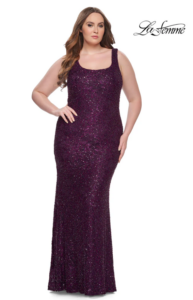
Tie-dye fashion has been in existence since ages, however, it is again on trend since the 2020 pandemic. It is a fashion style which is famous all across the world in different cultures. Not only that you can use your own creativity to create different tie-dye fashions on your own. India, China, Japan, Indonesia, Ghana, other countries of north and sub-saharan Africa, parts of South America and so on are famous for different types of tie-dye prints. Stripes, spiral, peacock, bullseye, bandhani, leheriya, batik, polka dot, block print and so on are some of the tie-dye patterns which you will find in different outfits. Not only outfits, accessories, such as footwear, different types of bags, bangles, bracelets, earrings, hair accessories and so on also come with tie-dye prints.
The Popularity of Tie Dye Fashion
Tie-dye fashion is colourful, bright and vibrant, hence is love-d by all of different regions and age groups. People in fact prefer to wear loungewear in tie-dye prints everywhere because these outfits make them feel comfortable and make them look fashionable. Hence, tie dye clothing is a trend which is not fading away soon. You get a lot of options in this style and can choose the one which suits you the best.
In this article we shall be looking at shibori tie-dye prints, a famous tie-dye style in Japan. It is an ancient tie-dye technique which comes with vivid colours, intricate patterns and designs, and cultural significance. This tie-dye technique is today reigning all across the world. It has captivated the hearts of all the fashionistas out there. It is a design or print which is passed down to the next generation in order to remain root-ed to the tradition while accepting the modern and contemporary styles as well.
Tie-dye fashion of different designs and prints are popular all across the world and also come with cultural significance of that area. Shibori tie-dye print is no exception. Today you can get tie-dye outfits in different prints from online stores and websites as well. Jordash Clothing is an online store which sells different kinds of outfits and accessories, starting from gothic clothing and accessories to tie dye clothing in the UK.

History of Shibori Prints
Shibori is a Japanese word which is used for a wide range of manual resist dyeing techniques. This tie-dye print dates back to the 8th century. There is still a debate going on related to its exact origin, however, it is believed that this tie-dye print originated in China and became famous in Japan. As time went by, Shibori started evolving into a unique art form and many regional variations and patterns linked to Japanese culture and community were introduced to it. In the earlier days, Shibori tie-dye print was only used in kimonos and other rich textiles, and each region in Japan developed distinct methods, techniques and patterns.
For instance there is a very well known and famous Shibori tie-dye method called, Arimatsu Shibori, which was developed in Nagoya in the Edo period (1603-1868) and this tie-dye print was us-ed for designing kimonos for samurai and merchants. Today this shibori tie-dye print is found in many outfits in different parts of the world, such as tie-dye tops, tie-dye pants, multicoloured patchwork dungarees and so on.

Techniques of Shibori Tie-Dye Prints
The Shibori tie-dye technique comes with different methods which are employed on the fabric to create different intricate and aesthetic patterns and colour variations. There are, however, some commonly used Shibori tie-dye techniques which you will find in many outfits these days. Kumo Shibori is one such technique which is also known as the spider web technique; in this method, small sections of fabric are bound with thread to create a pattern like spider web. Similarly, Kanoko Shibori is another well-known tie-dye technique in which small and evenly spaced dots are created in circular patterns. In Itajime Shibori, the fabric is folded and clamped in between two wooden or plastic boards to form geometric shapes and patterns, such as, diamonds, triangles and squares. In Nui Shibori, however, the fabric is first stitch-ed and gathered and then dyed which leads to detailed intricate design. Miura Shibori technique is named after the Japanese artist Kako Miura; in this technique, accordion-like fold pattern is used which results in a linear, repeating design.
Summing Up
These are some of the important aspects and cultural significance of Shibori tie-dye fashion. You can easily get different outfits in different Shibori patterns from stores selling wholesale tie-dye clothing.


